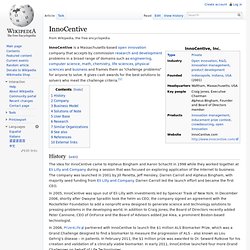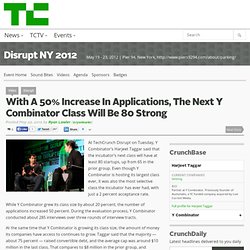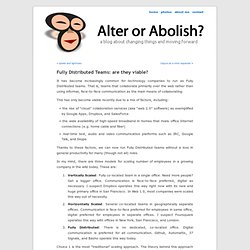

Our Members > Global Accelerator Network. Innovative. Redinn - Rete europea dell'innovazione. InnoCentive. InnoCentive is a Massachusetts-based open innovation company that accepts by commission research and development problems in a broad range of domains such as engineering, computer science, math, chemistry, life sciences, physical sciences and business and frames them as "challenge problems" for anyone to solve.

It gives cash awards for the best solutions to solvers who meet the challenge criteria.[1] History[edit] The idea for InnoCentive came to Alpheus Bingham and Aaron Schacht in 1998 while they worked together at Eli Lilly and Company during a session that was focused on exploring application of the Internet to business. The company was launched in 2001 by Jill Panetta, Jeff Hensley, Darren Carroll and Alpheus Bingham, with majority seed funding from Eli Lilly and Company.
Darren Carroll led the launch effort and became the first CEO. In 2005, InnoCentive was spun out of Eli Lilly with investments led by Spencer Trask of New York. Company[edit] Business Model[edit] User Base[edit] Strategic Partners. You can lend directly to a small business in Africa – MYC4. Cisco British Innovation Gateway. iStart. Idea Management - Innovation Management - Crowdsourcing - Suggestion Box - Customer Feedback - IdeaScale.
With A 50% Increase In Applications, The Next Y Combinator Class Will Be 80 Strong. At TechCrunch Disrupt on Tuesday, Y Combinator’s Harjeet Taggar said that the incubator’s next class will have at least 80 startups, up from 65 in the prior group.

Even though Y Combinator is hosting its largest class ever, it was also the most selective class the incubator has ever had, with just a 2 percent acceptance rate. While Y Combinator grew its class size by about 20 percent, the number of applications increased 50 percent. During the evaluation process, Y Combinator conducted about 285 interviews over three rounds of interview tracts. At the same time that Y Combinator is growing its class size, the amount of money its companies have access to continues to grow.
Taggar said that the majority — about 75 percent — raised convertible debt, and the average cap was around $10 million in the last class. Several weeks ago, Kim-Mai Cutler — who interviewed Taggar during the session — asked the question, “How Does Y Combinator Scale Y Combinator?” What’s it like being a Y Combinator startup? EFactor, The Largest Entrepreneur Networking & Business Events Site in the World. High-Impact Entrepreneurship. Making Entrepreneurship Easier. Innovation Management and Idea Management Software. Главная страница. Maverick One Million. The Startup Marketplace. BoostFunder. Social product development.
» Fully Distributed Teams: are they viable? It has become increasingly common for technology companies to run as Fully Distributed teams.

That is, teams that collaborate primarily over the web rather than using informal, face-to-face communication as the main means of collaborating. This has only become viable recently due to a mix of factors, including: the rise of “cloud” collaboration services (aka “web 2.0″ software) as exemplified by Google Apps, Dropbox, and SalesForcethe wide availability of high-speed broadband in homes that rivals office Internet connections (e.g. home cable and fiber)real-time text, audio and video communication platforms such as IRC, Google Talk, and Skype Thanks to these factors, we can now run Fully Distributed teams without a loss in general productivity for many (though not all) roles. In my mind, there are three models for scaling number of employees in a growing company in the wild today.
Vertically Scaled: Fully co-located team in a single office. Related Reading Discuss on Hacker News.